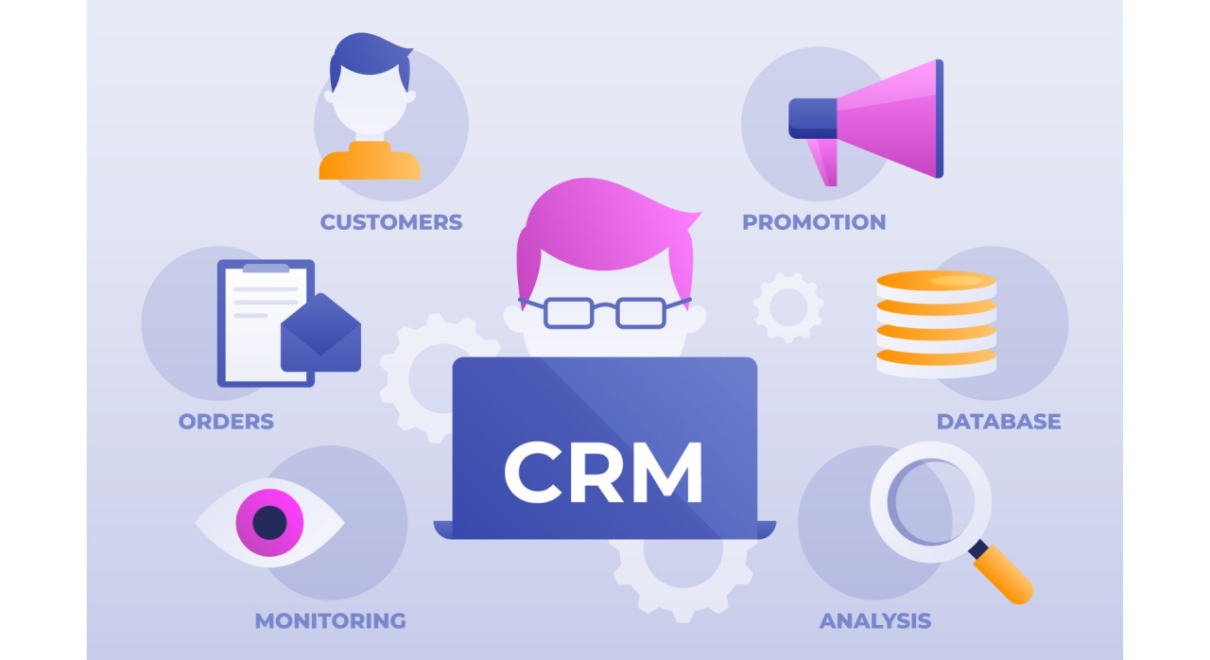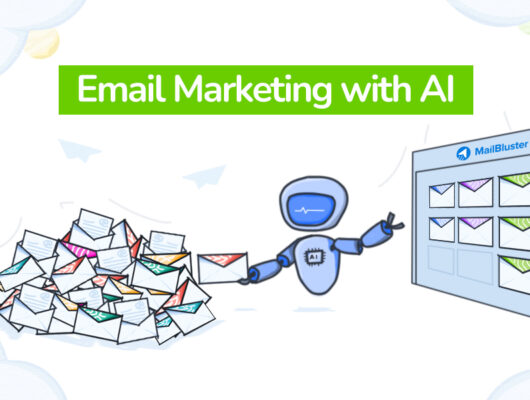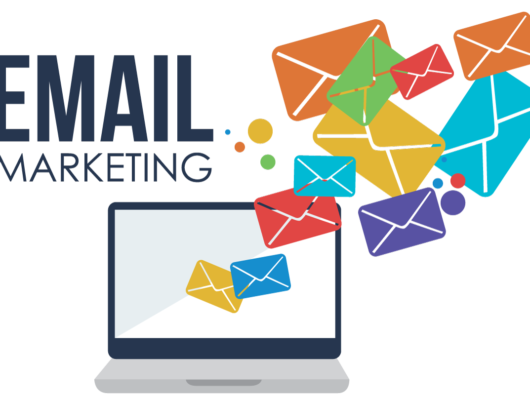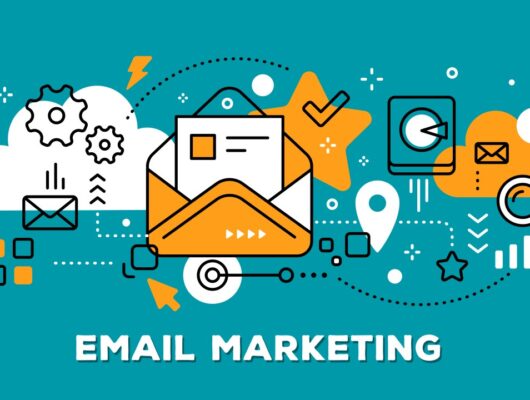In the digital age, the integration of email marketing with Customer Relationship Management (CRM) systems is pivotal for delivering personalized customer experiences.
This integration enables businesses to leverage detailed customer data to refine email marketing strategies, thus driving engagement, retention, and growth.
This article explores the benefits, strategies, and best practices for integrating email with CRM systems.
1. The Benefits of CRM and Email Integration
Integrating your CRM with your email platform offers several advantages:
- Enhanced Personalization: Access to comprehensive customer data allows for highly personalized emails based on past interactions, preferences, and behaviors.
- Streamlined Processes: Automation of routine communications, such as follow-ups or re-engagement emails, saves time and reduces manual errors.
- Improved Tracking and Analytics: Combining email data with CRM insights provides a more holistic view of marketing impacts and customer journeys.
- Segmentation: Detailed customer profiles aid in creating more effective segmentation, leading to better targeted and more relevant campaigns.
2. Key Features of CRM-Email Integration
Effective integration should allow you to:
- Sync Contact Information: Ensure that every change in the CRM database reflects immediately in the email marketing platform.
- Trigger-Based Emails: Set up triggers in the CRM for automatic email deployment based on specific customer actions or milestones.
- Campaign ROI Tracking: Link email campaigns directly to sales activities and revenue in the CRM system.
- Unified Customer View: Maintain a single, comprehensive view of each customer’s interactions across all channels.
3. Best Practices for Integrating Email with CRM
To maximize the effectiveness of your integration, consider the following practices:
- Maintain Data Hygiene: Regularly clean and update both CRM and email lists to ensure accuracy and relevancy.
- Segmentation: Utilize CRM data to create detailed segments for tailored email campaigns. Consider factors like demographic details, purchase history, and engagement levels.
- Personalization: Go beyond using just the customer’s name. Personalize content based on the customer’s past interactions and preferences as recorded in the CRM.
- Test and Optimize: Continuously test different email strategies and monitor results via the CRM to identify the most effective tactics.
4. Implementing CRM-Email Integration
Implementing this integration involves:
- Choosing the Right Tools: Select a CRM and email marketing platform that seamlessly integrate. Popular CRMs like Salesforce, HubSpot, and Zoho offer robust integration capabilities with various email marketing platforms.
- Setting Up Integration: Utilize built-in integrations or APIs to connect your CRM system with your email platform.
- Training Your Team: Ensure your marketing and sales teams understand how to use both systems effectively.
5. Advanced Tactics for Leveraging Integration
To further enhance your strategy:
- Behavioral Targeting: Use CRM data to trigger emails based on user behavior, such as browsing a specific product category.
- Lifecycle Emails: Send emails that correspond to different stages of the customer lifecycle, which can be tracked and managed through the CRM.
- A/B Testing: Test different aspects of your email campaigns, from subject lines to email content, and analyze results in the CRM to optimize performance.
Conclusion
Integrating email marketing with CRM systems not only streamlines operations but also significantly enhances the effectiveness of marketing campaigns.
By leveraging detailed customer data, businesses can deliver personalized experiences that foster loyalty and drive revenue growth.
As technology evolves, the integration between these two platforms will become even more seamless, offering marketers unprecedented tools to engage their audiences effectively.







